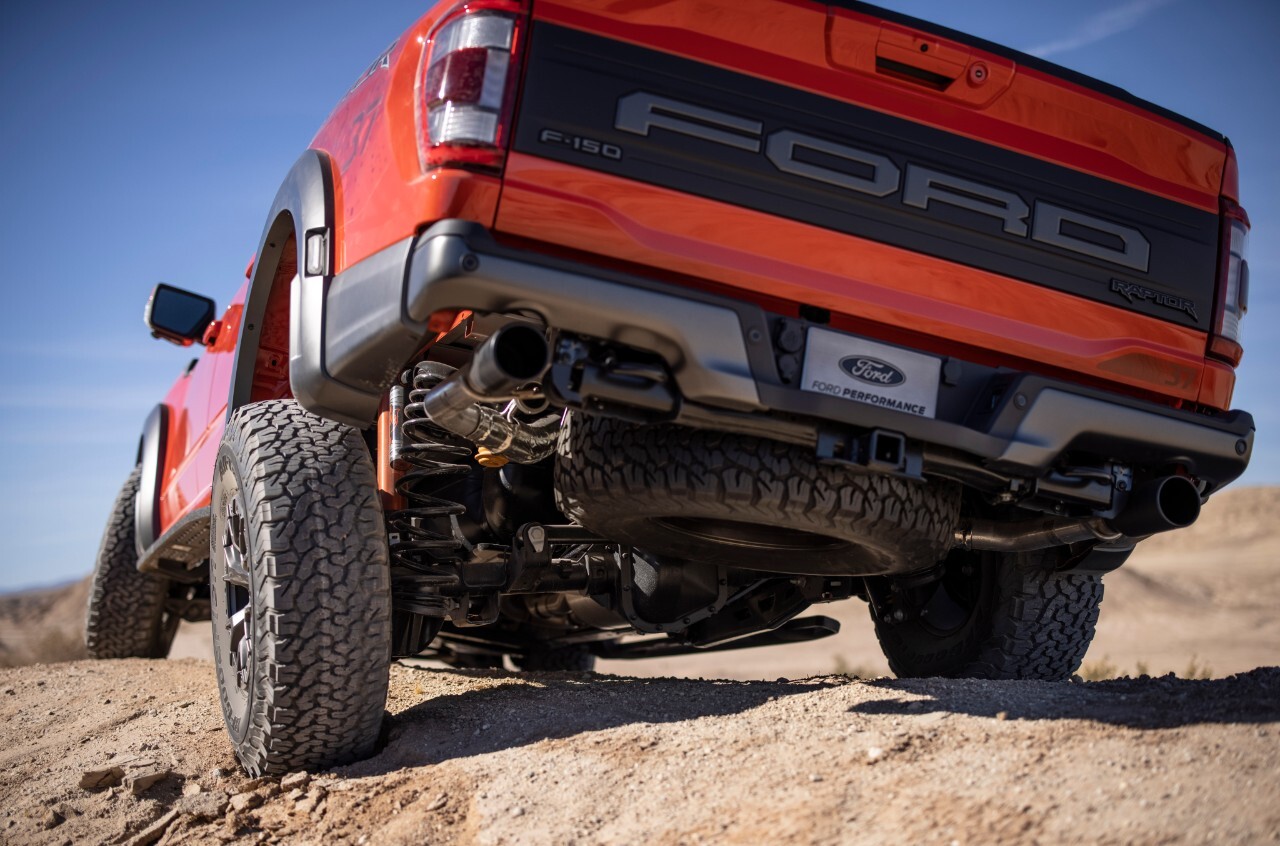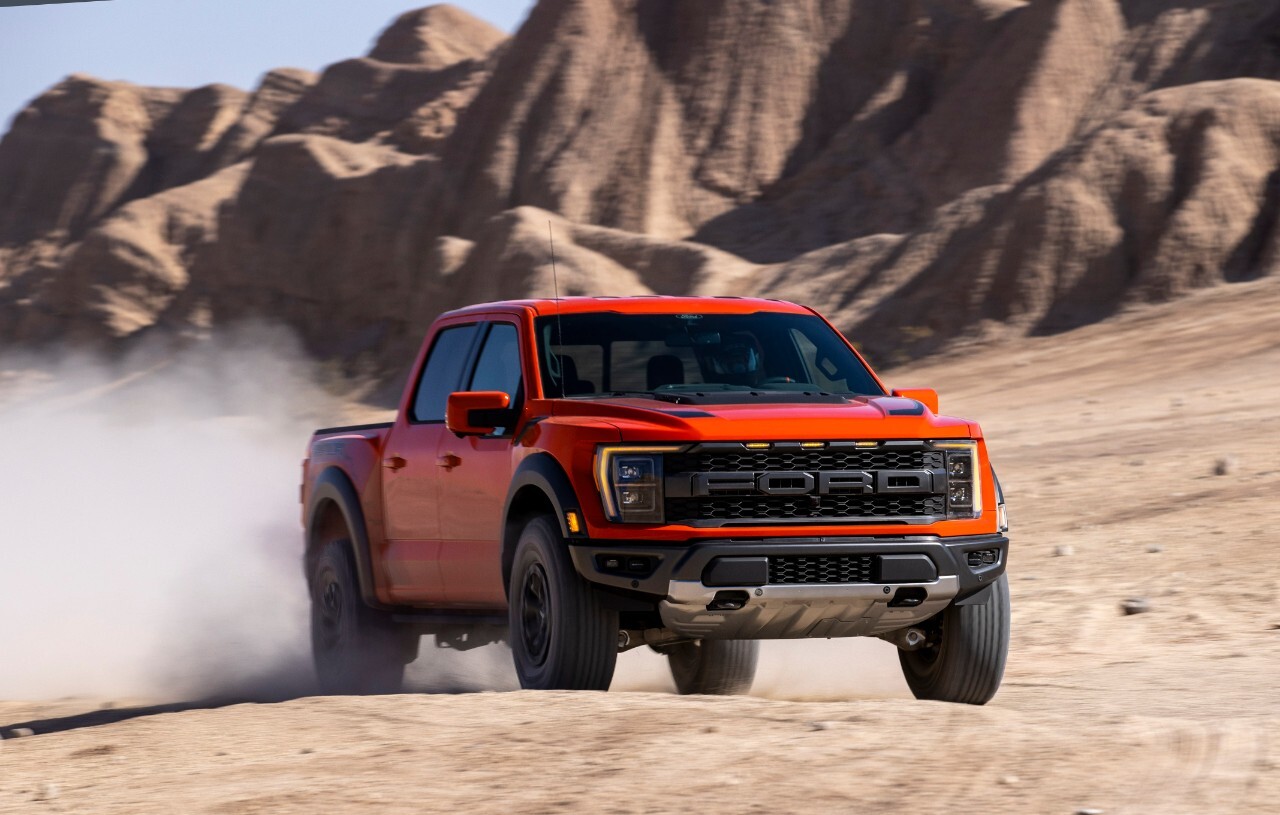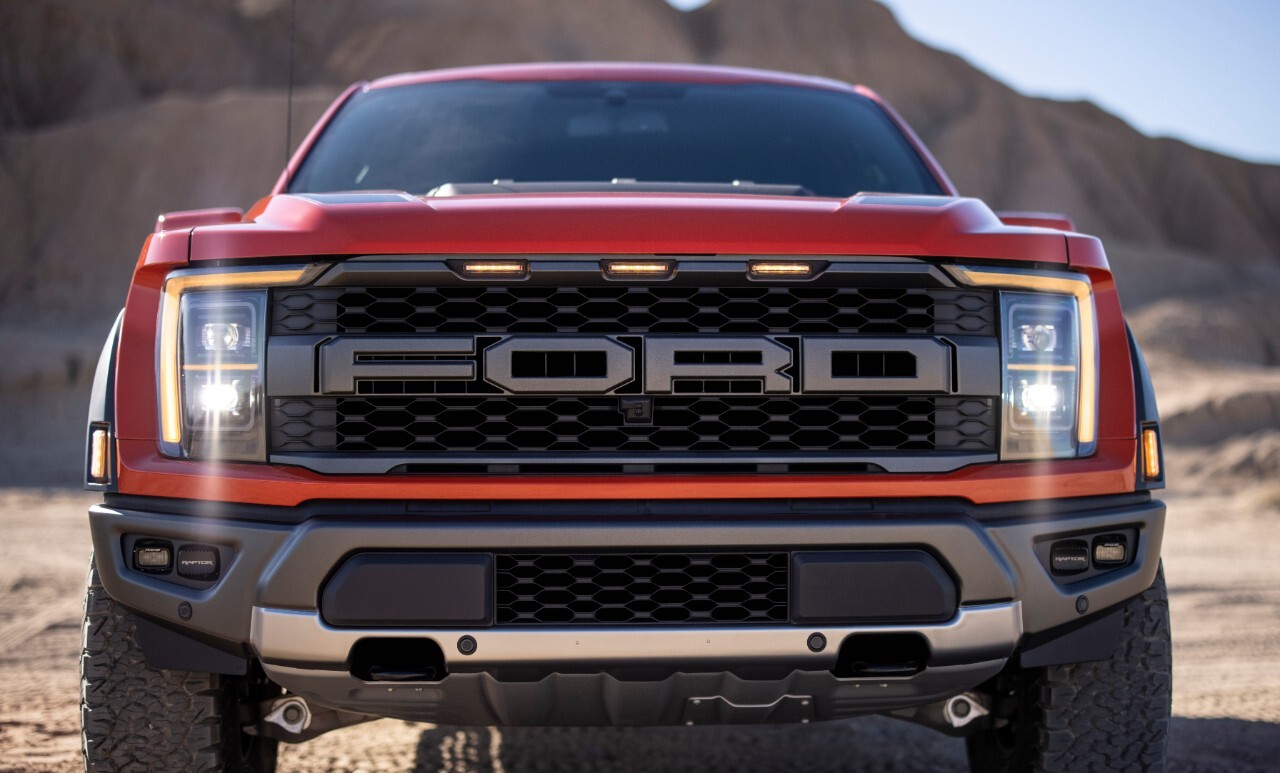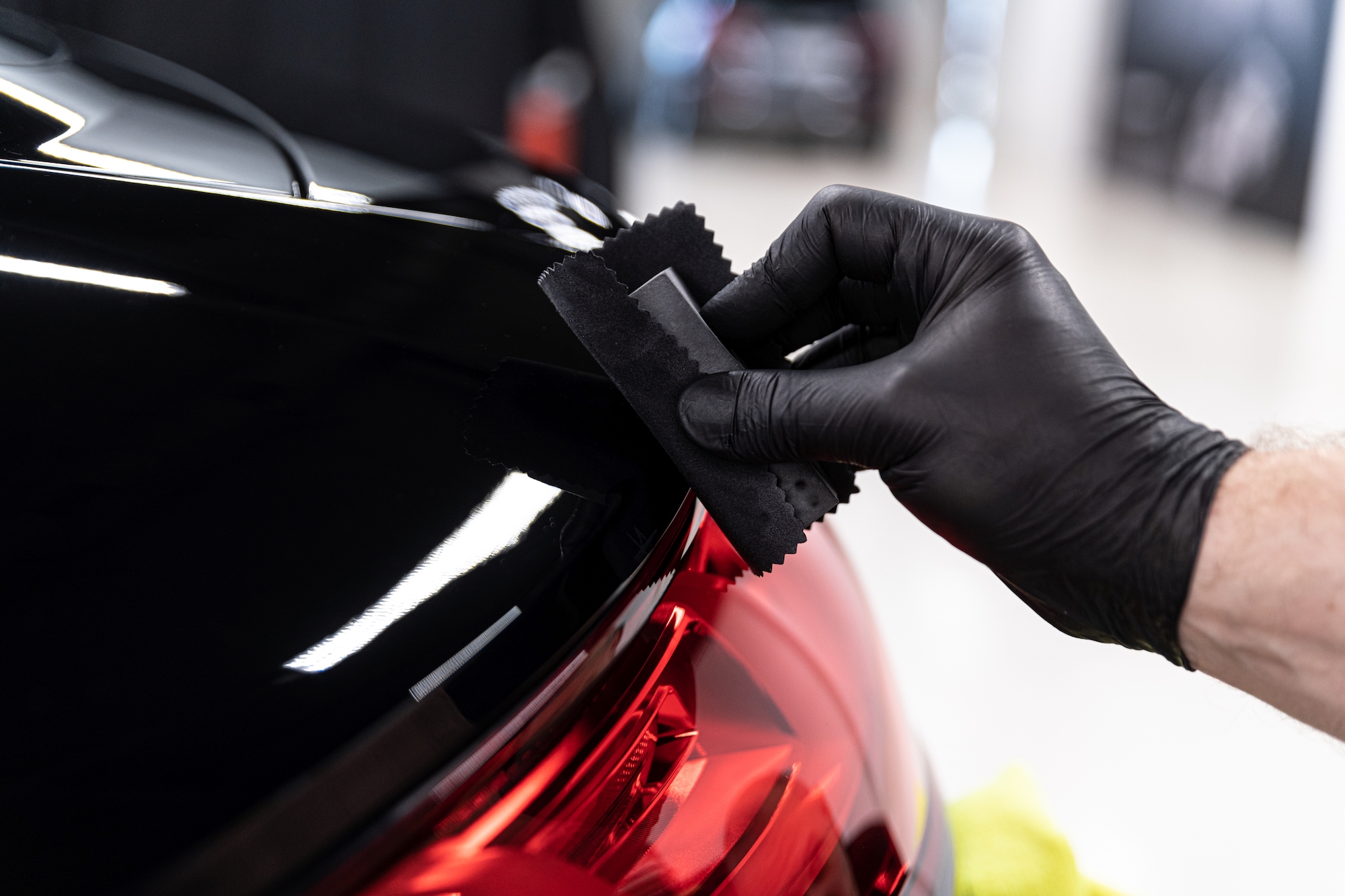New Ford F-150 Raptor drops into the desert like a high-tech sandstorm
After introducing the all-new F-150, then loosening its tie with the F-150 Tremor, it was only a matter of time before Ford got to the dust-detonating, dune-launching bird of prey off-roaders have been waiting for: the all-new Raptor. Ford’s newest all-out performance pickup combines the heaps of V6 EcoBoost (and V8) power the Raptor is known for with an all-new rear suspension with 15 inches of travel, high-tech command station and biggest all-terrain tires it’s ever had.
The Ford F-150 may roll 14 generations deep, but the Raptor is still a preteen, having first launched in MY2010. For the third generation, Ford focuses a bulk of its attention on the suspension that will be at the business end of gasp-inducing airs and unavoidable bumps and drops.
Ford rips the rear leaf springs clean out and adds in an all-new Raptor-specific five-link suspension with Panhard rod and 24-in coil springs. Extra-long trailing arms are positioned to better maintain axle position through rough, rattly terrain. Meanwhile, electronically controlled Fox Live Valve internal bypass shocks – the largest Raptor shocks ever – adjust damping up to 500 times a second according to terrain changes below.
“Raptor is rooted in Baja 1000 racing, and its suspension advances our capability and performance – a five-link rear setup with more wheel travel than any Raptor before it,” explains Carl Widmann, Ford Performance chief engineer.

Ford
When coupled with the new management software for the 3.5-liter EcoBoost twin-turbo V6, the new suspension helps get more torque to the rear wheels, empowering quicker acceleration, better traction, and more precise control and handling. The suspension also offers 15 inches (38 cm) of wheel travel, a healthy boost over the 13.9 inches (35 cm) on the second-gen Raptor.
Big horsepower numbers are generally a focus of the Raptor discussion, but Ford hasn’t released a final figure, focusing instead on the estimated 500 miles (800 km) of deep-desert terrain the new Raptor will be able to explore before the 36-gallon (136-L) tank needs to grab a drink at the pump or jerry can. The engine is a high-output version of the third-gen EcoBoost V6, and Ford also plans to reintroduce the V8 option that disappeared with the debut of the gen-2 Raptor, adding the all-new Raptor R model later down the line.

Ford
The V6 twin-turbo sends torque through a 10-speed automatic transmission, torque-on-demand transfer case, electronic locking rear differential and available Torsen limited-slip front differential. Accompanying the process with just the right soundtrack for the occasion at hand, a new active-valve dual-exhaust system allows drivers to configure four sound level modes: quiet, normal, sport and Baja.
Of course Ford also loads the Raptor up with its latest trail goodies, including the Trail Control off-road cruise control that launched on the 2019 Raptor and the Trail One-Pedal system from the Bronco and Tremor. With over-the-air updates, Ford teases potential future additions like shareable trail maps and Trail Turn Assist.
Ford upsizes the BFGoodrich All Terrain T/A KO2 tire options, going with buyer’s choice of 35s or 37s. With the larger tires, the Raptor breezes over obstacles up to 13 inches (33 cm) high and registers a 33.1/24.9/24.4 approach/departure/breakover angle split.
The aluminum alloy- and composite-bodied Raptor comes as a SuperCrew, built atop a boxed high-strength steel frame with 145-in (368-cm) wheelbase. Ford adds to payload and towing capacity without creeping into Tremor territory, giving the Raptor a 1,400-lb (634-kg) max payload and 8,200-lb (3,719-kg) max tow rating.

Ford
Moving a step closer toward the F-22 Raptor that helped inspire it, the Ford Raptor houses its pilot in a high-tech cockpit with 12-in digital gauge cluster and 12-in SYNC 4 infotainment touchscreen. Drivers can split the infotainment screen to control various features like navigation, music and truck systems. SYNC 4 brings voice command, real-time mapping, FordPass mobile app with remote control features, Apple CarPlay and Android Auto, and SYNC AppLink. An 18-speaker Bang & Olufsen sound system is available as an option, as is a 360-degree camera package.
Ford doesn’t do anything revolutionary looks-wise, but it goes for wider, stronger squared-off front and rear ends that stretch fender to fender. The FORD-badged mesh grille is noticeably broader, with the front lighting serving as a sort of surround. Contrast fender flares bulge out over top the big tires. The new styling feels a little too overdone and work truck-like for a fun-loving, sporty super truck, and we prefer the softer touch of past Raptor designs, but maybe it’ll grow on us with time. Either way, we won’t have to stare the truck in the eyes when enjoying time behind the wheel.

Ford
Ford will build the new Raptor at its Dearborn Truck Plant and roll it out to dealerships this (northern) summer. The V8-powered Raptor R will follow in 2022.
Source: Ford








